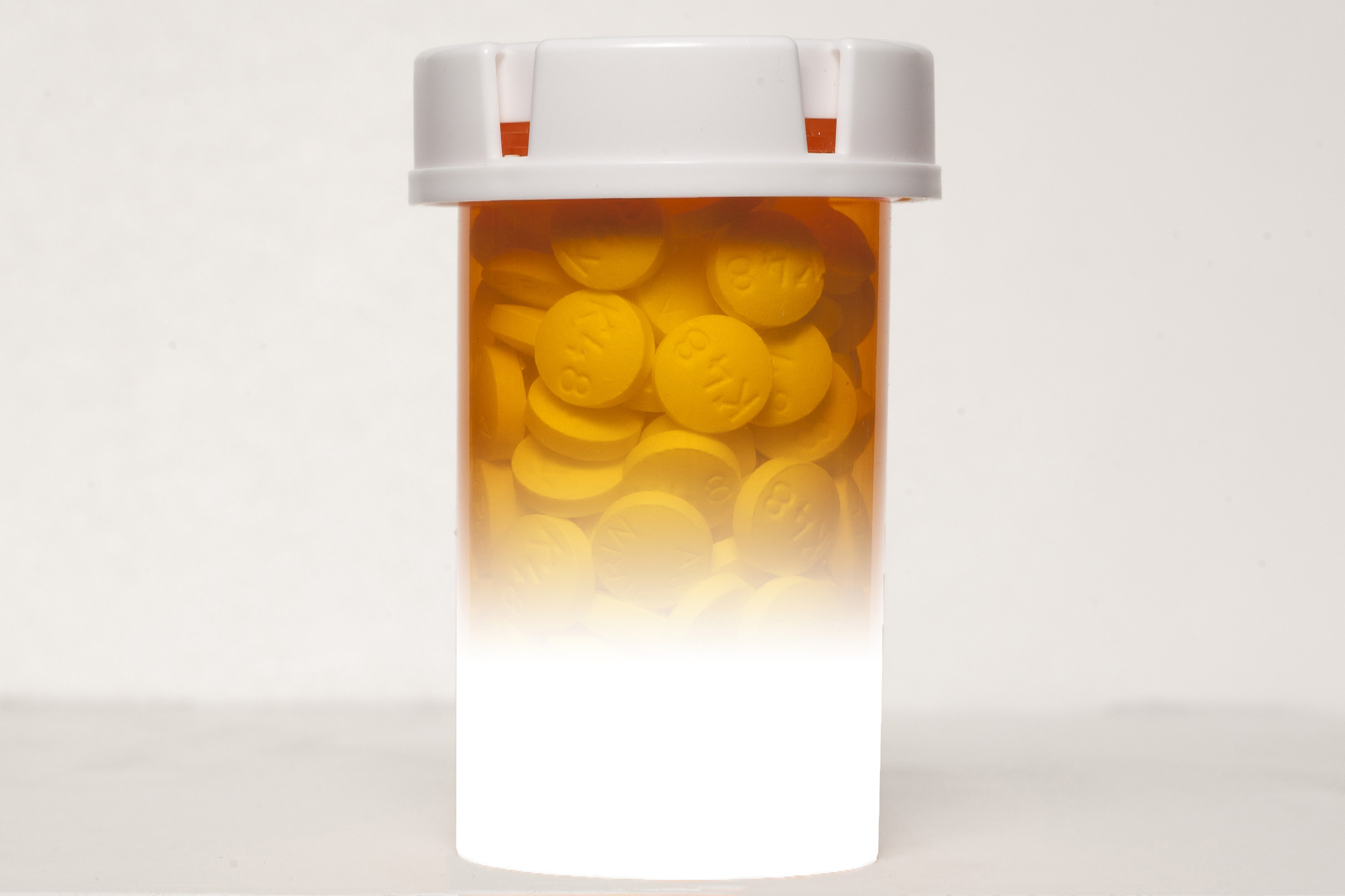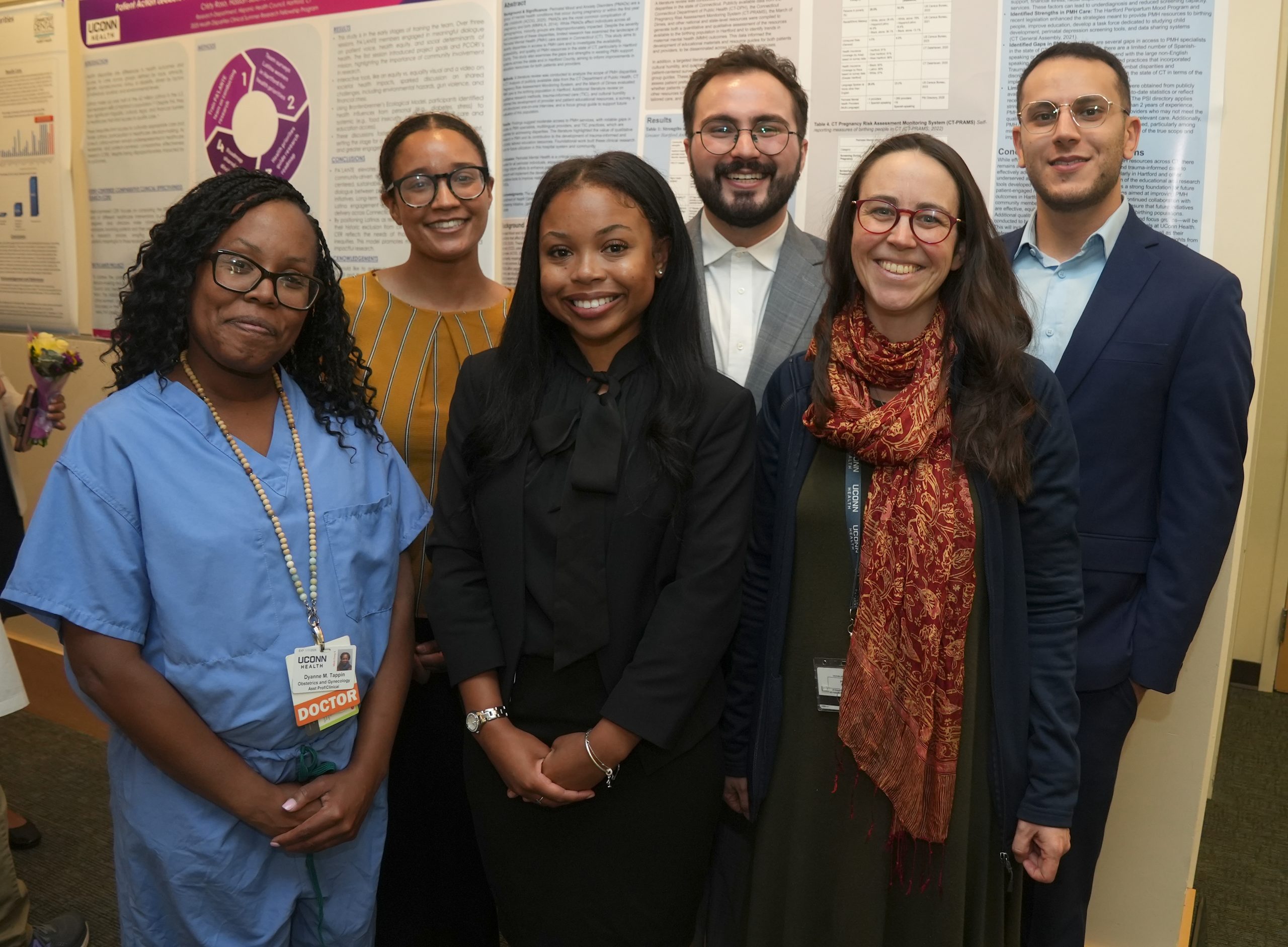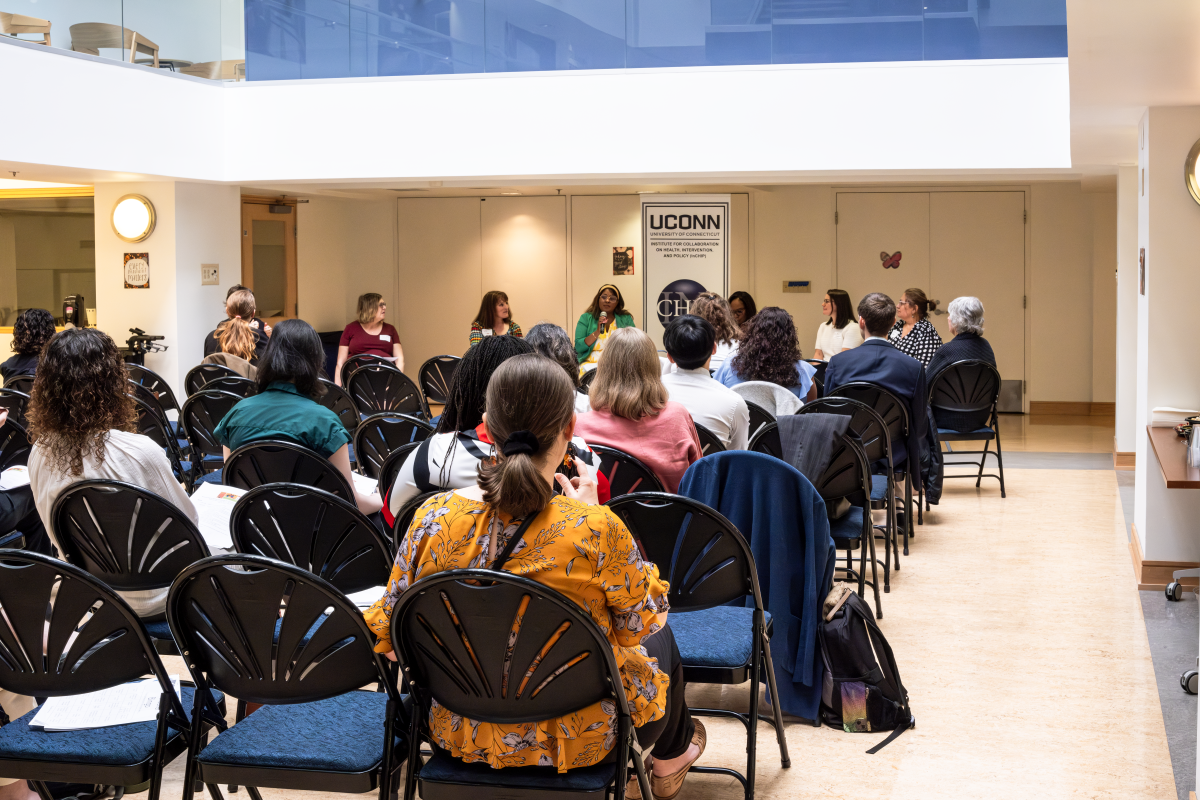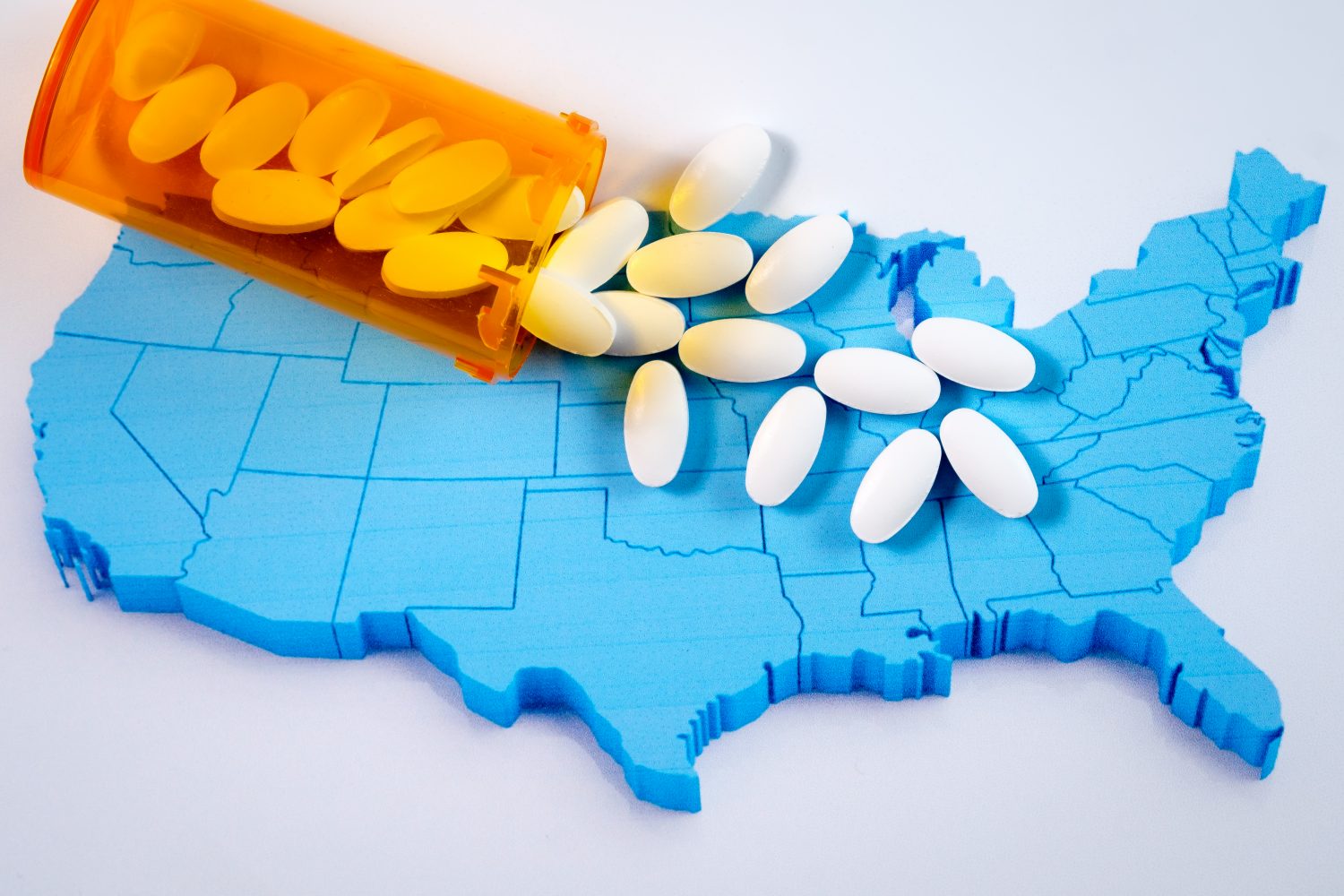Drug shortages at medical institutions across the country are increasingly being blamed for delayed treatment of cancer patients, heightened risk of medication errors, postponed clinical research trials, and rising health care costs. The American Society of Health-System Pharmacists (ASHP) currently lists inadequate supplies of more than 150 drugs – ranging from anesthetics and painkillers to antibiotics and cancer treatments – as a result of manufacturing problems, federal safety crackdowns, and drug makers abandoning low-profit products. On Jan. 29, rationing guidelines for scarce medications were published in The Journal of the National Cancer Institute. Professor C. Michael White, head of the Department of Pharmacy Practice in the School of Pharmacy, ASHPmember, and fellow of the American College of Clinical Pharmacy and American College of Clinical Pharmacology discusses the impact drug shortages are having on patients and clinical practice.
Can you provide a quick overview of the drug shortage problem and its impact on patients who rely on specific medications for treatment?
It is having a major impact. While drug shortages for many patients can be managed by switching to another equivalent drug, there are some diseases such as cancer, HIV, transplant, and rare diseases, where there is one excellent drug and a number of substandard alternatives. For patients undergoing major surgery, there is no alternative to a drug that can prevent bleeding, which is in short supply. In these cases, the impact on patient health is dramatic, by denying them an effective therapy or relegating them to a therapy that is much more toxic. In other diseases like epilepsy, there may be several good alternatives, but the patients’ neurologists need to titrate [measure] the dose just right, and switching patients can lead to instability and breakthrough seizures.
Are drug shortages more common now that in the past and if so, why?
Yes, there is definitely an increase in drug shortages which is due first and foremost, to the consolidation of the drug industry at large and within the companies that produce active ingredients for medications. If you take a market where five generic drug companies are making tablets and one suddenly has a safety or regulatory issue that closes a plant, the others have an opportunity for increased market share and can more readily meet that demand. That is how the generic market ran for years. But due to mergers and acquisitions, we are rapidly being left with only a few manufacturers, and only a select few that will manufacture a specific drug product. If only one generic manufacturer is making a product, it is unlikely they will have duplication of production across more than one plant, so that if issues arise in that plant, shortages are the result. If there are two manufacturers and one loses production, the remaining manufacturer has an opportunity to gain market share but also has the opportunity to raise prices, and the need to compete through increased volume may not be the most profitable way to go. For a new company to decide to produce a new generic, gain the regulatory approval, and prepare a plant for manufacture can take months if not years. There are also scenarios where there are many manufacturers of tablets or injectable drug products, but only one manufacturer for the active ingredient to make the products. If the active ingredient is low in supply, again, shortages result.
Doesn’t restricting or delaying medications raise difficult ethical issues as to which patients get preference?
Yes. When there are shortages, people with viable alternatives are given those alternatives, while those without them are given preference. But if the demand is still outpacing the supply, then things become very difficult. Health systems and doctors then need to look for suboptimal alternatives, such as reserve drugs for the most seriously ill; deny therapy to people who require the largest doses of a drug; or even consider using drugs that have expired and may not have the same potency, just to ensure that patients are getting something. These are hard choices that no health professional wants to make.
What do hospitals, doctors, and pharmacists do when there is a shortage?
First they alert the health professionals right away, and a safety committee like the ASHP’s Pharmacy and Therapeutics Committee will meet to work out a plan. The pharmacy will try to assess their stock and the anticipated needs over the next few months, and ascertain how long the shortage may last (sometimes they don’t know). They also work with their distributors – who warehouse the drugs – to see what quantities they can get. If their needs outpace the current and future supply, they will try to identify which patients they can safely convert to alternative therapies. If these measures are still insufficient to resolve the shortage, they will seek the drugs from other health-systems, or barter with them with other drugs that they may have in larger supply. If pharmacies know how long the shortage will last and their health system has more than enough stock, people are generally good about lending or selling stock to other health systems. Without this information, pharmacies will hoard their stock so as not to jeopardize their future patients.
Rationing guidelines on how to distribute scarce medicines were recently released by an international group of pediatric cancer specialists. Do you think recommendations such as these made by groups of doctors and pharmacists are the best way to address the drug shortage problem?
This is one way to try and remedy a difficult situation. However, there will still be winners and losers, and overseeing these guidelines is an impossible task. If people label those who are looking to assess the effectiveness of drugs as “death squads,” what will they say to a body that makes decisions about who receives care with a drug that is in limited supply? I do think that recommendations like these are a potential stop-gap measure, but they must be accompanied by actions to prevent shortages in the first place. The situation we find ourselves in is a result of market forces and governmental actions that need to be remedied.
The solution lies in building up our supply chain, and not continuing to ration limited supply. — C. Michael White
For example, the federal government allowed an over-consolidation of the distributor market, so that now four manufacturers control 90 percent of the market. This gave them too much power to negotiate prices with manufacturers of generic drugs, and failed to ensure adequate competition in the generic drug market. I also believe the government has allowed foreign generic manufacturers to sell drugs in the U.S. at very low prices, without ensuring that those generics were meeting manufacturing standards for our consumers. This was evident when [Indian multinational pharmaceutical company] Ranbaxy, one of the biggest producers of generics in the U.S., was found to have fraudulently submitted paperwork showing that their drugs were equal to brand name products, in violation of Food and Drug Administration rules. This resulted in the closing of several plants, and prompted the FDA to start inspecting foreign generic manufacturing plants.
Congress recently approved legislation, which among other things requires drug manufacturers to notify the FDA at least six months before the production of a potentially lifesaving drug is discontinued or interrupted. What other steps is the FDA taking to prevent drug shortages?
The FDA is doing a much better job holding foreign generic manufacturers accountable for the quality of their products to maintain the confidence of consumers in these products. Yet consolidation in the drug industry has created an environment that is now a serious issue for the Federal Trade Commission. We now have hedge fund managers who buy a sole manufacturer of a drug product and raise prices several hundred fold. There may have to be financial incentives to stimulate new producers of drugs that have only a single manufacturer. The solution lies in building up our supply chain, and not continuing to ration limited supply. We need a vibrant and successful generic manufacturing sector in the United States.



